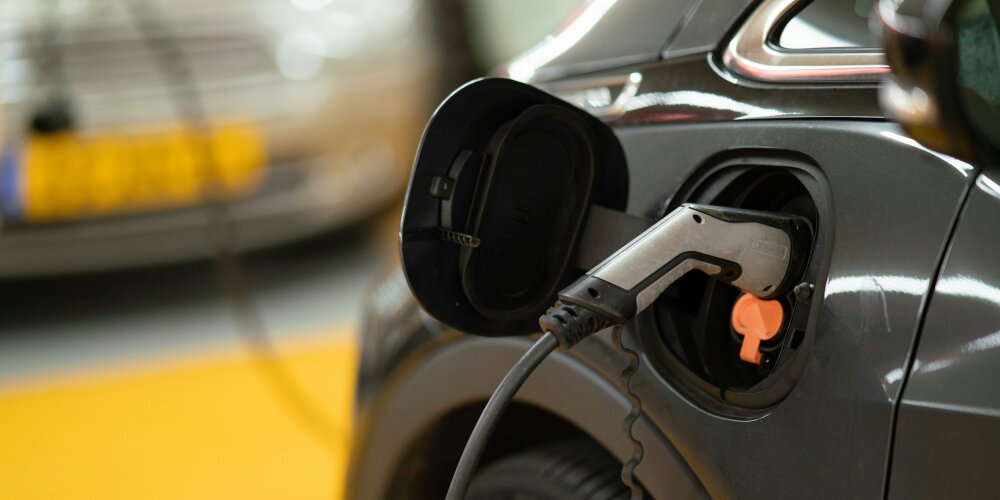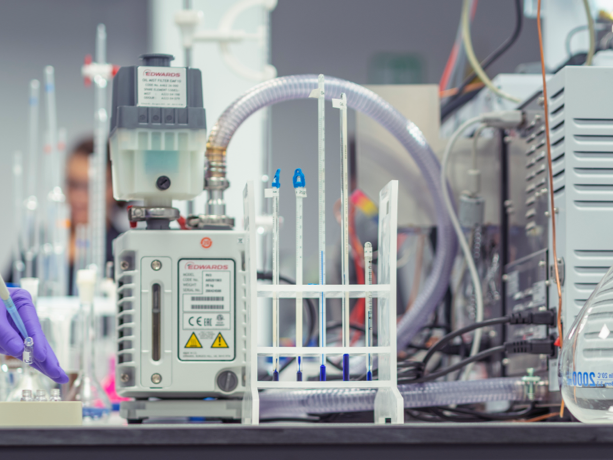Sustainable EV Battery Supply Chains Possible With Lithium Extraction Method Breakthrough

Researchers at Rice University have developed a pioneering lithium extraction method, which repurposes solid-state electrolytes (SSEs) as membrane materials for lithium recovery, achieving near-perfect selectivity.
Lithium is an essential component in electric vehicle batteries, but traditional extraction methods rely on resource-intensive processes such as evaporation ponds and mineral mining. These techniques are often inefficient, environmentally harmful, and slow.
To address these challenges, scientists have been exploring direct lithium extraction technologies that can recover lithium from unconventional sources like industrial wastewater and geothermal brines. While promising, these methods have struggled with ion selectivity, particularly in separating lithium from similar-sized elements such as sodium and magnesium.
The Rice University research team, led by Professor Menachem Elimelech, discovered that SSEs, originally designed for lithium-ion conduction in solid-state batteries, exhibit an exceptionally high level of ion selectivity when used in an aqueous extraction system.
Unlike conventional membranes that rely on hydrated nanoscale pores, SSEs transport lithium ions through a highly ordered crystalline lattice using an anhydrous hopping mechanism. This means that lithium passes through with remarkable efficiency, while competing ions and even water are blocked.
In their study, published in Science Advances, the researchers tested the process using an electrodialysis setup, where an applied electric field drove lithium ions across the SSE membrane.
Even in the presence of high concentrations of competing ions, the SSE exhibited near-perfect lithium selectivity, with no detectable contamination in the final product stream. Conventional membrane technologies have not been able to achieve this level of precision.
First author Sohum Patel, now a postdoctoral researcher at the Massachusetts Institute of Technology, said:
“This means that lithium ions can migrate through the membrane while other competing ions, and even water, are effectively blocked. The extreme selectivity offered by our SSE-based approach makes it a highly efficient method for lithium harvesting as energy is only expended towards moving the desired lithium ions across the membrane”.
The findings suggest that SSE-based membranes could offer an alternative to traditional mining, securing a stable lithium supply without the damaging ecological impact.
With global lithium demand continuing to rise, industries reliant on lithium-ion batteries are searching for ways to improve extraction efficiency. The research team believes their findings could extend beyond lithium recovery, potentially influencing the development of similar membranes for extracting other valuable elements from water sources.
Want to understand the composition of your materials?
Then The Lab’s advanced digital microscopy services can help. Our 3D reconstructions provide the much-needed detail that 2D scans and images can’t match. With roughness measurements accurate to 1 µm you can get the full picture, allowing you to make a fully informed decision about the state of your material.
Lean more about advanced digital microscopy services at The Lab
For more information, industry insights, and the latest news, explore The Lab’s News and Knowledge Hub…
Breakthrough Norbornene-Based Fluorinated Copolymers Rewrite Antifouling Technology | The Rise of Bio-Based Solutions Aims to Future-Proof Coatings | Advanced Laser Welding Integration Package Unveiled
- Author
- Andrew Yarwood
- Date
- 10/06/2025
